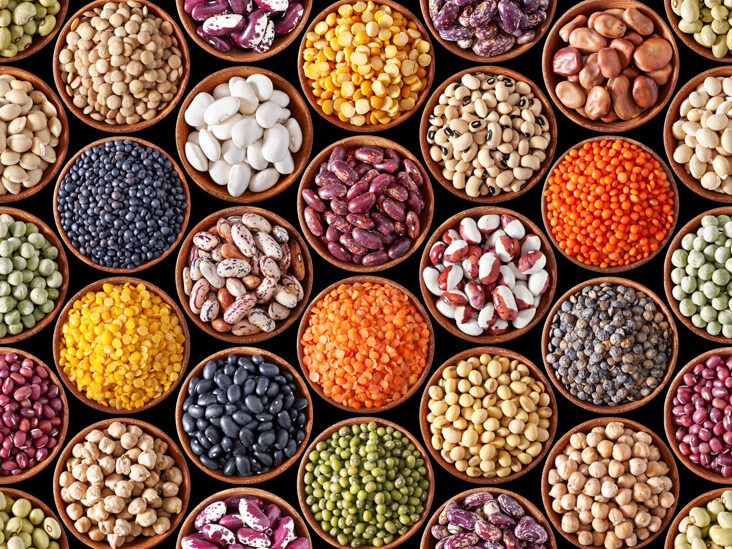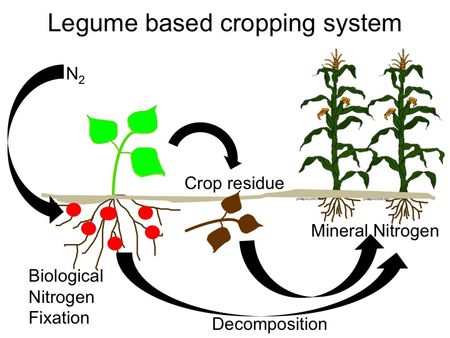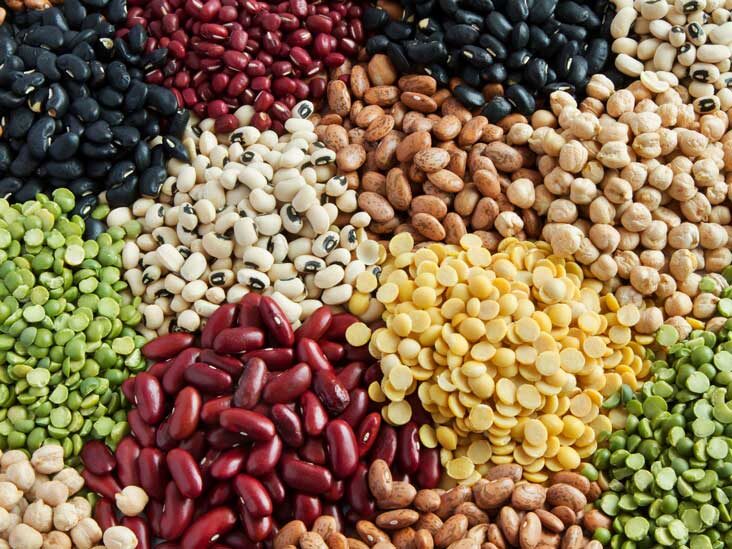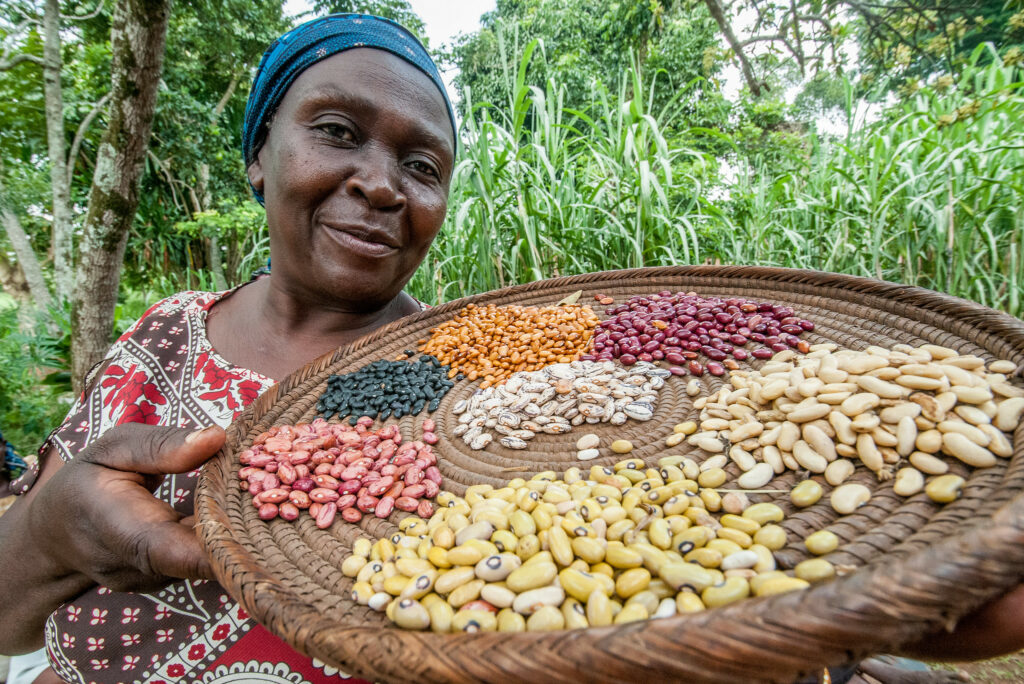Including legumes in existing cuisines and recipes are needed as legumes provide nutrient-dense food and income for households and communities (Muoni et al., 2019). However, challenges that legume consumers face include long cooking time, low shelf life, and anti-nutritional properties which cause digestibility problems (De Jager, 2019a, Shitta et al., 2021, Snapp et al., 2018). Approaches for dealing with these challenges include soaking, boiling, and keeping legumes in an airtight container (De Jager, 2019a, Yegrem, 2021, Tan et al., 2020).
Legume-based foods are not given much attention, as legumes are regularly deemed inconvenient and have an adverse taste (Röös et al., 2022) so to change people’s perception towards negative legume consumption, food preparation method approaches are necessary.
The use of legumes as meat binders with redeveloped meat products has a better opportunity to increase the nutritional quality of the meat products (Pintado and Delgado-Pando, 2020). Processing legume products into more convenient as well as ready-to-eat snacks can improve utilization and dietary transition to having more meals that include legumes in the diet (Ojiewo et al., 2015).
Legume nutrition education workshops for communities on growing legumes up to the preparation of legumes including legume processing to lengthen shelf-life. Food preparation methods approaches can also include the use of energy-saving technology when cooking legumes to reduce barriers to consumption. Dietary change to a more legume-based diet has been proposed as one of the approaches to decreasing the climate impact of the global and regional food systems while improving human health.
References
De Jager, I. 2019a. Nutritional benefits of legume consumption at household level in rural areas of sub-Saharan Africa: A literature study. Gates Open Res, 3, 936.
Muoni, T., Barnes, A. P., Öborn, I., Watson, C. A., Bergkvist, G., Shiluli, M. & Duncan, A. J. 2019. Farmer perceptions of legumes and their functions in smallholder farming systems in east Africa. International journal of agricultural sustainability, 17, 205-218.
Ojiewo, C., Keatinge, D. J., Hughes, J., Tenkouano, A., Nair, R., Varshney, R., Siambi, M., Monyo, E., Ganga‐Rao, N. & Silim, S. 2015. The role of vegetables and legumes in assuring food, nutrition, and income security for vulnerable groups in Sub‐Saharan Africa. World Medical & Health Policy, 7, 187-210.
Pintado, T. & Delgado-Pando, G. 2020. Towards more sustainable meat products: Extenders as a way of reducing meat content. Foods, 9, 1044.
Röös, E., de Groote, A. & Stephan, A. 2022. Meat tastes good, legumes are healthy and meat substitutes are still strange-The practice of protein consumption among Swedish consumers. Appetite, 174, 106002.
Shitta, N. S., Edemodu, A. C., Abtew, W. G. & Tesfaye, A. A. 2021. A Review on the Cooking Attributes of African Yam Bean (Sphenostylis stenocarpa).
Snapp, S., Rahmanian, M. & Batello, C. 2018. Pulse crops for sustainable farms in sub-Saharan Africa.
Tan, X. L., Azam-Ali, S., Goh, E. V., Mustafa, M., Chai, H. H., Ho, W. K., Mayes, S., Mabhaudhi, T., Azam-Ali, S. & Massawe, F. 2020. Bambara groundnut: An underutilized leguminous crop for global food security and nutrition. Frontiers in Nutrition, 276.
Yegrem, L. 2021. Nutritional composition, antinutritional factors, and utilization trends of ethiopian chickpea (Cicer arietinum L.). International Journal of Food Science, 2021.













